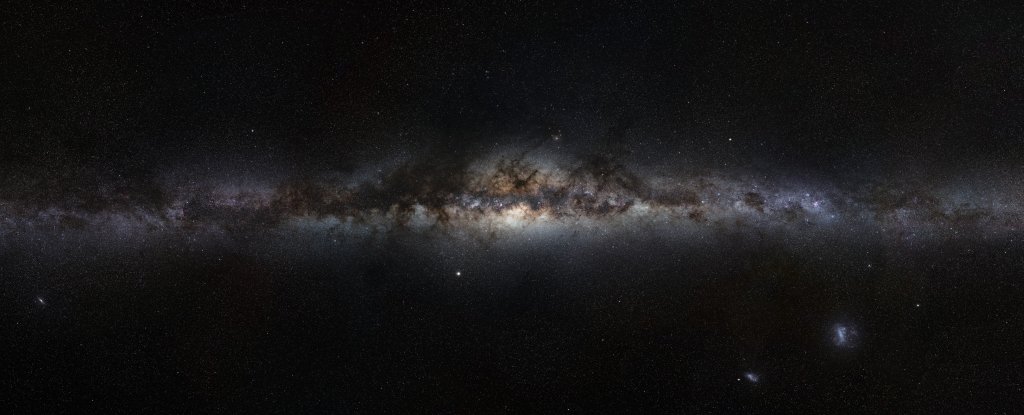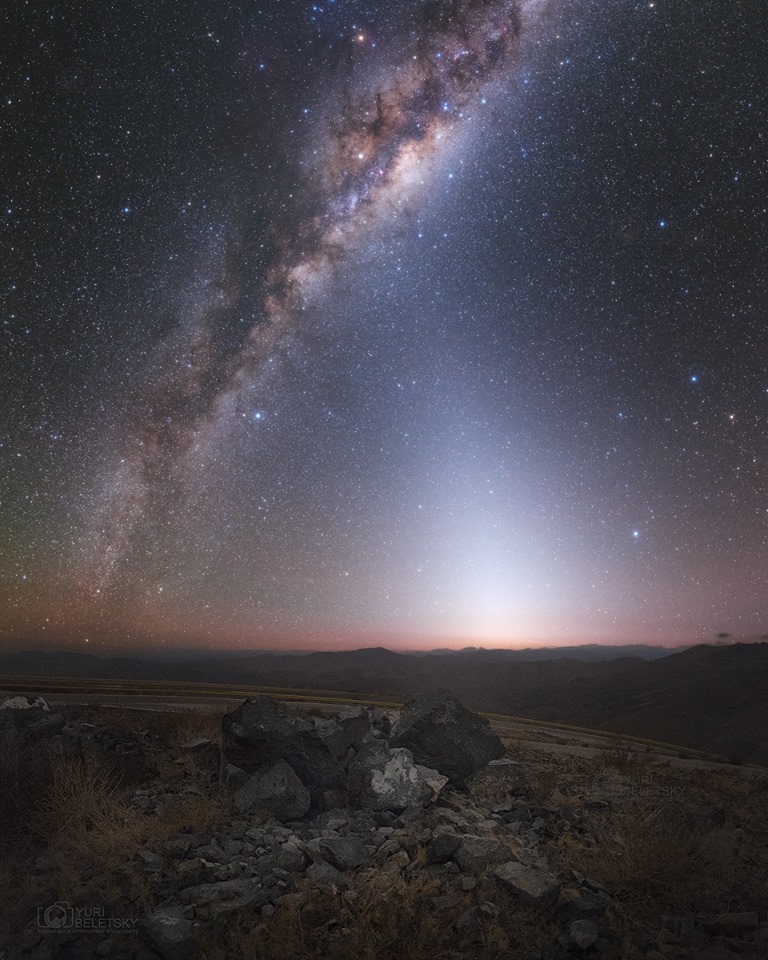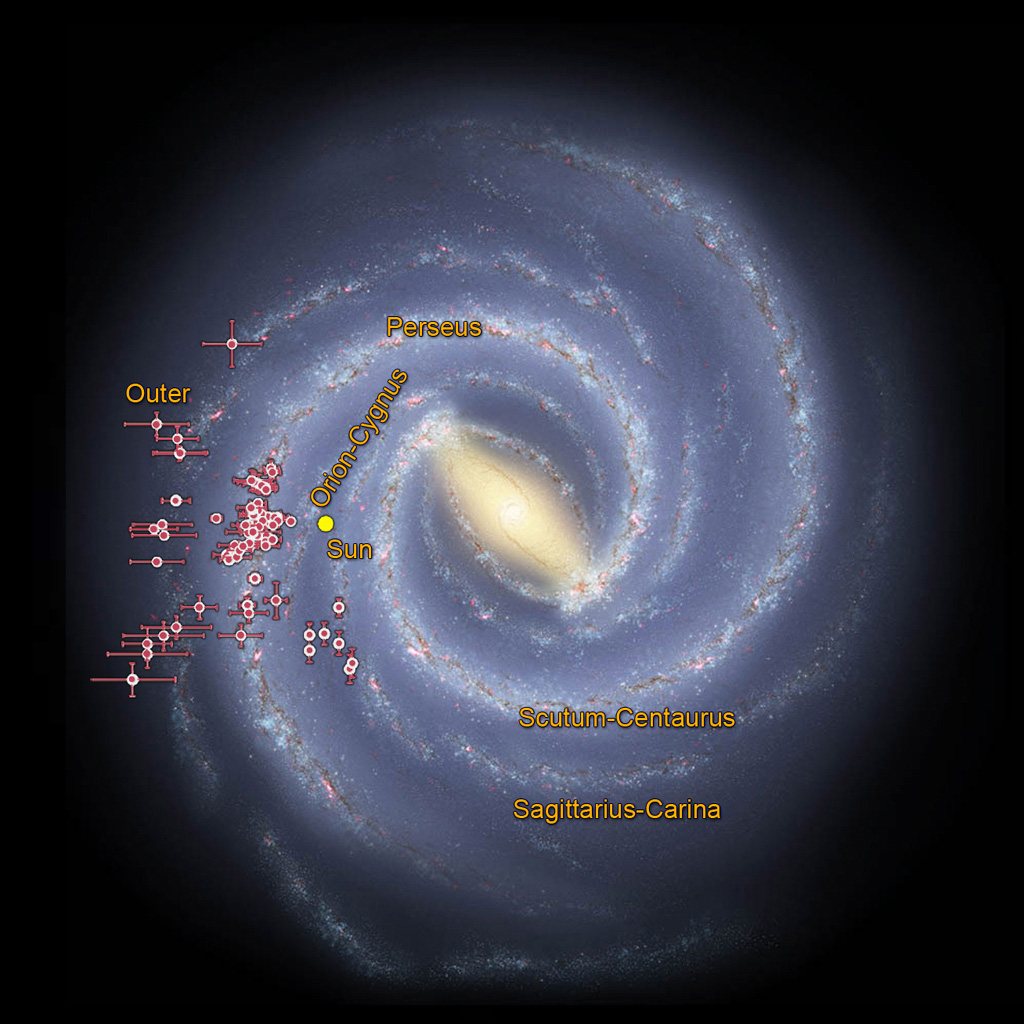Ever wondered what the Milky
Way might sound like as it rotates on its axis? According to a new
"musical expression" by an astronomer, it has distinctly jazz-like
tones. Mark Heyer of the University of Massachusetts Amherst developed an
algorithm that expresses the movement of gases in the Milky Way's disc as
musical notes.
He's titled the resulting
composition Milky Way Blues. This is really amazing no doubt.
"This musical
expression lets you 'hear' the motions of our Milky Way galaxy," Heyer
says. "The notes primarily reflect the velocities of the gas rotating
around the centre of our galaxy."
By using a pentatonic minor
scale, he actually mapped 20 years of radio telescope data on a gas in the Milky Way to
musical notes and instruments. The gases that fill the interstellar medium
appear in three phases: atomic, molecular and ionised. They also move in
certain directions - either towards us or away from us. Based on their spectra,
the gas phases were translated into musical instruments - woodblocks and piano
for molecular gas, acoustic bass for atomic gas and saxophone for ionised gas.
High notes indicate gas that
is moving towards us, and low notes are for gas that is moving away. Longer
notes indicate a stronger emission line.
"Each observation is
represented by a line showing where the telescope was pointing and the
positions of the circles along a line show the locations of the gas in the
galaxy responsible for the played notes," Heyer explains.
Turning astronomical data
into music isn't a new idea. In fact, "music of the spheres" has been
a philosophical concept for millennia - the idea that the movements of the
celestial bodies can be considered a kind of music, although in practice it is
more of a harmony than actual music. Johannes Kepler wrote The Harmony of the
World in 1619 based on this concept, describing the planets as musical notes
based on their orbital velocities.
More recently, astronomers
have enjoyed translating their data as actual musical scores. In 2014, Domenico
Vicinanza, a project manager with European high-speed data network Géant, used
36 years' worth of cosmic ray detections by the Voyager probes to create a
musical duet.
And in 2015, Burak Ulaş, an
astronomer at the Izmir Turk College Planetarium in Turkey, released a piece he
had composed based on the vibrations of the star Y Cam A.
And check this out. Photonic
data from a Fermi gamma-ray burst, the most powerful explosions in the Universe,
converted into musical notes: Heyer's composition is currently featured on
Astronomy Sound of the Month, a new website which features projects like these.
There, you can also hear
other sounds from space, put together by astronomer Greg Salvesen of the
University of California, who designed the visual element for Heyer's
composition.
"You can just enjoy my
compositions for the music, but if you want to follow the astronomy, that is
there for you to learn about, too," Heyer said. "It's just a cool and
different way to appreciate the two together."
Source



